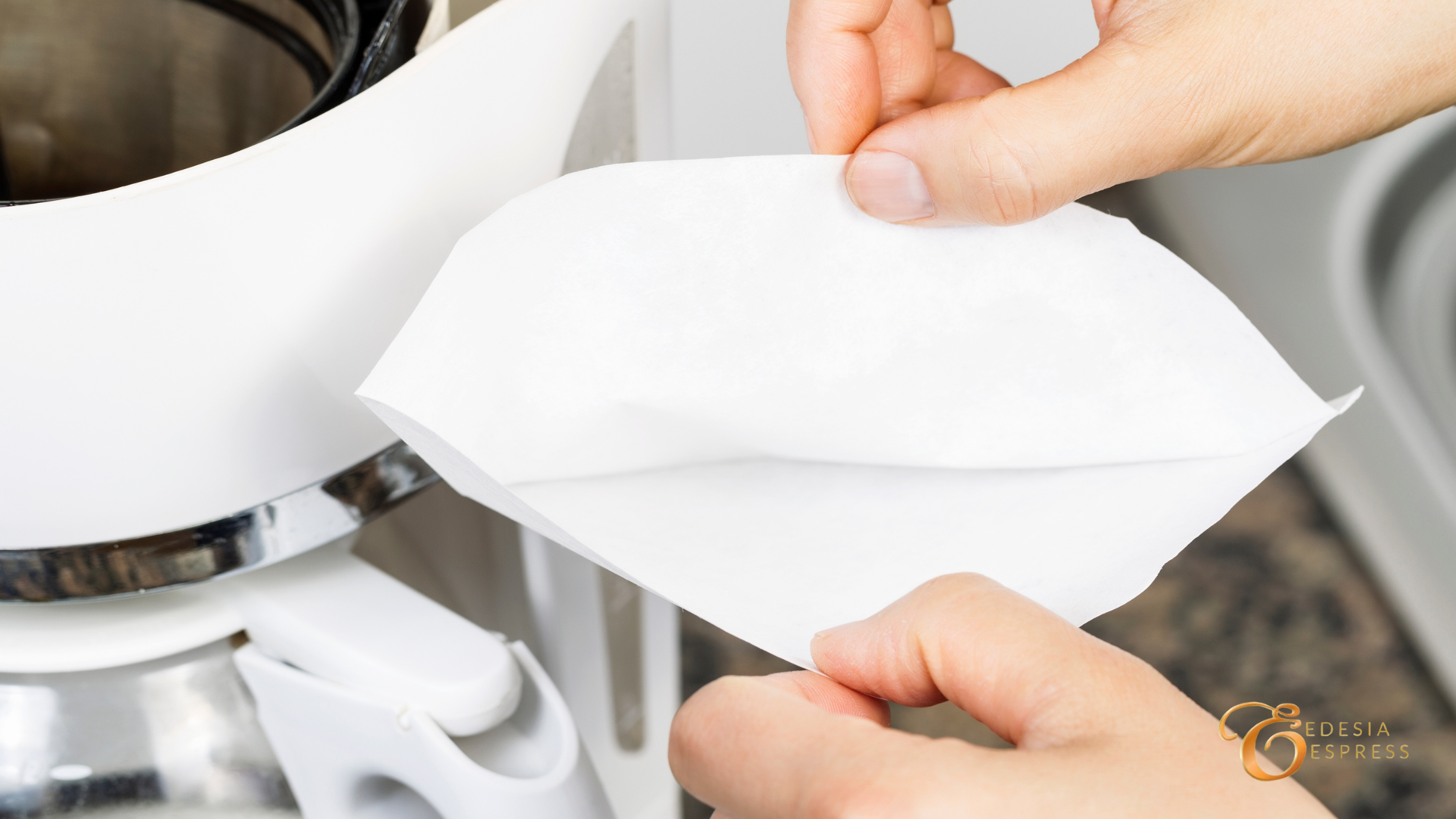We use cookies to make your experience better. To comply with the new e-Privacy directive, we need to ask for your consent to set the cookies. Learn more
order before 2pm for same day dispatch
Customer Service: +44 (0)330 111 25 23
 Does your coffee filter keeps tearing? There can be many reasons. Let’s dive into why it happens and how to stop it.
Does your coffee filter keeps tearing? There can be many reasons. Let’s dive into why it happens and how to stop it.
1. You’re Using the Wrong Type of Filter
Not all filters are created equal. The material and thickness matter more than you think.
• Cheap paper filters are often thinner and prone to tearing, especially when wet. The paper isn’t strong enough to hold the water and grounds without breaking down.
• Bleached vs. unbleached: Bleached filters are usually smoother and more uniform, while unbleached filters can be more fibrous and fragile.
• Size matters: Using a size that doesn’t match your coffee maker can cause the filter to fold awkwardly, increasing the chance of a tear.
Buy a higher-quality filter. Edesia Espress offers durable options for brands like Melitta, Chemex, and Hario. Always match the filter size to your coffee machine (e.g., #2, #4, cone, basket).
2. You're Pouring Water Too Aggressively
You might be manually pouring water over your coffee grounds (especially with pour-over methods like V60 or Chemex).
Fast, heavy pours put pressure on the filter, which may cause it to collapse or tear.
• Uneven pours can make one side of the filter bear more weight than the other, leading to a rip or collapse into the brew.
Slow your pour. Start with a gentle circular motion to saturate the grounds evenly. Use a gooseneck kettle for better control. Consistent, controlled pours reduce strain on the filter walls.
3. You’re Overfilling the Filter with Grounds
It’s tempting to add a little extra coffee to get that strong morning jolt, but overfilling puts too much weight on the filter. Once saturated, the grounds expand and become heavy, putting downward pressure on the filter. As a result, the filter can tear or collapse into the carafe.
Stick to the recommended coffee-to-water ratio: about 1 to 2 tablespoons of coffee per 6 ounces of water. Use a scale for even more precision (a 1:15 to 1:17 ratio of coffee to water is the sweet spot for most brews).
4. The Filter Isn't Properly Seated
How you place the filter into your coffee maker matters more than you might realize.
• If it’s not snug in the basket or cone, it can shift as you add water or grounds.
• Filters that fold down incorrectly or stick up past the edge can fall inward and rip.
• Some coffee makers require you to fold the edges of the filter to make it fit snugly and stay in place.
Double-check your placement. For cone filters, fold the crimped edge before inserting it. Ensure the filter sits flush against the sides of the basket or cone. When in doubt, refer to your brewer’s manual for filter placement instructions.
5. Water Temperature Is Too High
Boiling water straight from the kettle can shock and weaken paper filters.
• High temps soften the filter too quickly, making it more prone to tearing. Especially in pour-over setups, boiling water may cause a rapid expansion in the filter, warping its shape or causing a rupture.
Use water that’s just off the boil, about 195°F to 205°F (90°C to 96°C). Let the water sit for 30 seconds after boiling before pouring.